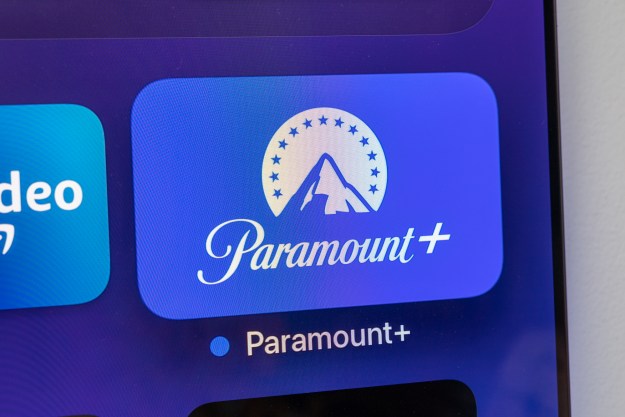Members of the iPod generation are pretty used to blowing out their hearing by pumping tunes through their earbuds or headsets-of-choice at levels intended to drown out road noise, traffic, and jet aircraft. But now, Sony’s putting a new twist on the idea, enabling music lovers to damage their hearing at frequencies they can’t even perceive.
Sony’s new Altus line of high-fidelity headphones offer frequency response up to 80 Khz, which Sony says means they deliver high-quality, pristine sound previously unattainable by portable headphones. "We named this product Altus to represent the incredibly high frequencies and natural-sounding audio the headphones deliver," said Jim Leahey, Sony’s general manager for peripherals and enhancements, in a statement. The Sony Altus headphones also offer a sound-in switch which opens the headphones to more outside sound, so listeners can be more aware of their environment while, say, listening on a city streets. Closed, the sound-in switch lets listeners fully focus on their audio. The phones offer a sturdy headband, and fold into a drawstring pouch for storage and travel.
We presume Jim—and the engineers at Sony—are aware that, with some exceptions, human hearing typically maxes out at frequencies around 22 Khz. And that’s just when we’re kids—as we age (and as we abuse our ears) that ceiling comes down, with many adults lucky to be able to hear frequencies above 10 Khz, and many seniors finding their hearing ceilings so low they begin missing aspiratives and high-pitched elements of speech, like t’s, s’s, and "th’ and "sh" sounds.
It’s not clear why Sony believes producing frequencies up to 80 Khz is an improvement to perceived sound quality, especially when those frequencies are beyond the hearing limitations of most of their customers. Furthermore, given the nature of today’s digital audio technologies, the majority of the frequencies in that range (even in much lower high frequency ranges say, starting at 12 to 20 Khz, depending on the technology) are pretty much junk. Assuming the original recordings accurately captured frequencies in those ranges (which they probably did not), standard CD and DVD encoding technology is going to round and misrepresent those frequencies so badly—essentially, the equivalent of lo-res "jaggies" in image files—that, in musical and fidelity terms, they’re equivalent to random noise. If you have excellent hearing, put on these headphones, and think "Wow, hi-hats and cymbals have never sounded so bright!" that’s because they aren’t that bright.
But hey. Maybe Sony knows what they’re doing. The Altus headphones will hit major retailers in November for $150.
Editors' Recommendations
- Best 75-inch TV deals: Get a big screen from $470
- Best 70-inch TV deals: Get a big screen for sports for $420
- Best 65-inch TV deals: Get a 65-inch 4K TV for under $400
- Best headphone deals: AirPods, Sony, Sennheiser and more
- Hurry! Beats Studio 3 headphones are down to $159


